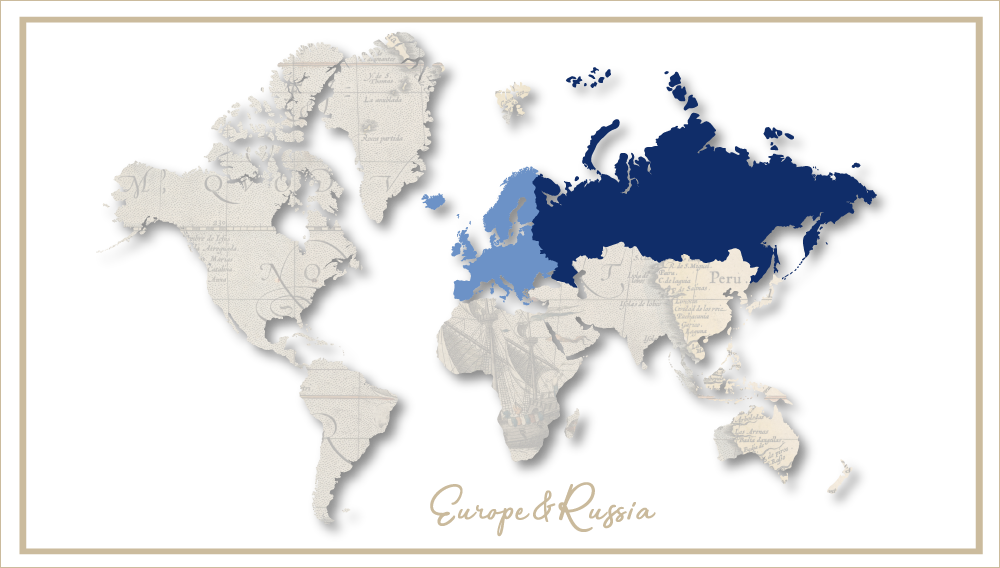Local brewers should seek better economies of scale, says new Rabobank report
Why the recent interest in small brewers? Is it because the big multinational brewers have realised that their brands are often more vibrant than their own mega-brands? Or because they have found out to their distress that they depend on the smaller guys to keep consumer interest in the beer category alive?
Be it as it may, there is no denying that small operators are struggling in their mostly mature markets.
As Dutch Rabobank argues in a recent report “Battling the Brewing Giants – The changing face of competition for local brewers” (18 January 2013), over the past decade, the global brewing sector has gone through a consolidation process. The leading four brewers — AB-InBev, SABMiller, Heineken and Carlsberg — which had a market share of just 16 percent in 2001, today account for nearly half the global beer volume.
Recent activity suggests that this process is continuing. Rabobank’s research shows that, as the top four brewers grew through acquisitions, many of the smaller local brewers stood on the side lines and are now finding themselves competing with global giants, rather than with other local niche players.
Although there is a problem with definition as to what constitutes a local brewer – is it the microbreweries with their tiny beer volumes or big brewers like Germany’s Oettinger brewery (5.9 million hl in 2012) that operate in one market only – Rabobank says that in terms of volume, the local brewers’ market share has remained fairly stable over time, with local brewers selling 100 billion litres and having a 53 percent market share in 2011 (2001: 56 percent), meaning that organically local brewers have not lost significant market share to the acquisitive multinational giants.
That’s the good news. However, the bad news is that local brewers have lost out to the multinationals in terms of profits. “In 2011, local brewers made up just 25 percent of the profit pool, declining from a 45 percent share in 2002,” says Rabobank analyst Francois Sonneville,
“The brewing giants have been able to increase their share of profits through efficiency gains and implementation of a premiumisation strategy in emerging markets where premium beer brands are more profitable. In absolute terms, local brewers have also benefited from the growth of the profit pool as their operating profits have increased over the years. This should give local brewers some peace of mind at a time when mature market conditions are deteriorating, driven by the recession and reductions in disposable income”, he added.
Unfortunately, for local brewers, there is no guarantee that the multinational brewers will stick to their policy of profits over volumes. Eventually, they might decide to change their strategy and focus on volume growth rather than profit.
In order to compete, Rabobank advises local brewers to evaluate their cost structures and consider alternatives, such as joint purchasing or co-manufacturing, which could give them greater economies of scale.
This is what consultants have been telling local German operators for two decades now. Did they heed their advice?
Perhaps local brewers in other markets will see the light sooner than the Germans.
In its 2013 global beverage industries’ outlook (29 January 2013) Rabobank predicts that beer will be one of the slowest growing beverages categories in volume, achieving only a low single digit increase globally.
As concerns consumer trends, Rabobank notes that in markets where consumers are trading up, leading brewers will continue to make acquisitions of niche products to add to their strong brand portfolios. “Trading up will help brewers to increase the profit pool, but consumers will be very demanding, and as the quality of beer becomes more important, it will become necessary for brewers to pay greater attention to their sourcing strategies”, Rabobank says.


